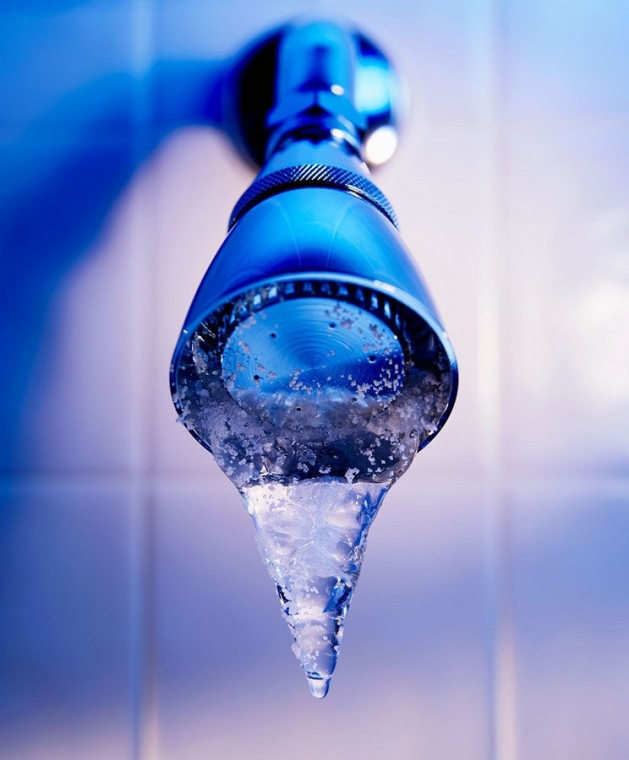By Samantha Bresler | Wed, May 22, 13
 Heat Pump Water Heaters (HPWH) pay back big in the long run.
Heat Pump Water Heaters (HPWH) pay back big in the long run.Your water heater lives an inconspicuous life. It is often over looked, hidden away in some far recess of your basement, collecting a thin film of dust. If you’re like most folks, only when it ceases to function properly (or at all) do you become aware of it. When it needs to be replaced you don’t know what’s worse, the cost of new equipment or another arctic rinse. But let’s face it; your tolerance of cold showers quickly erodes after the first plunge. After your core body temperature returns to normal you have to call a plumber. Unless your house is in constant disarray, your plumber isn’t on speed dial. While online to find a decent plumber in your area, do some background research to get a sense of what you need and how much it will cost. You quickly conclude that the average installed cost for a standard electric resistance water heater is roughly $600. Unfortunately, despite your internet prowess and proficiency in cyberspace you may have over-looked the sparse information about heat pump water heaters (HPWH). Rather than an electric resistance water heater, HPWHs function much like a refrigerator in reverse. HPWHs pull heat from the surrounding air and force it, at a higher temperature, into a tank to heat water.But even if you did find information about them, you may be initially surprised by the roughly $2,100 equipment and installation cost. It seems like a clear win for the standard electric resistance water heater, until you factor in the energy savings from a HPWH. With a payback period of 3-5 years and a lifetime energy saving of roughly $3,000, the decision doesn’t seem so clear cut. Additionally, most states in the Northeast offer utility rebates, anywhere from $200-$750, for your purchase of a HPWH. Well, this long-term benefit for a short-term investment might change things. This decision reminds you of those energy efficient light bulbs in your ceiling, or the time you the added insulation to your walls and of the controllable thermostat you purchased a few years back. All of those decisions required a short-term payment in exchange for a long-term payback. You probably consider yourself to be pragmatic when it comes to environmental protection and aim to reduce your environmental impact in a cost-effective matter. So I don’t have to continue convincing you, because after you complete a cost-benefit analysis you’ll be calling your plumber to request the installation of a HPWH in your home. Spreading the word to your friends and neighbors is just as important as changing your purchasing decisions. If everyone in the Northeast thought like you, and swapped their electric resistance water heater for the more efficient HPWH, nearly 340 million kWh would be saved in annual electricity. The 240,000 metric tons of CO2 prevented is equivalent to taking over 50,000 cars off the road for a year. With potential energy and emissions savings that large, I might just have to take a cold shower. For more information on the significant energy and cost savings from HPWHs, check out NEEP’s recently released report: Heat Pump Water Heater Market Strategies Report.
